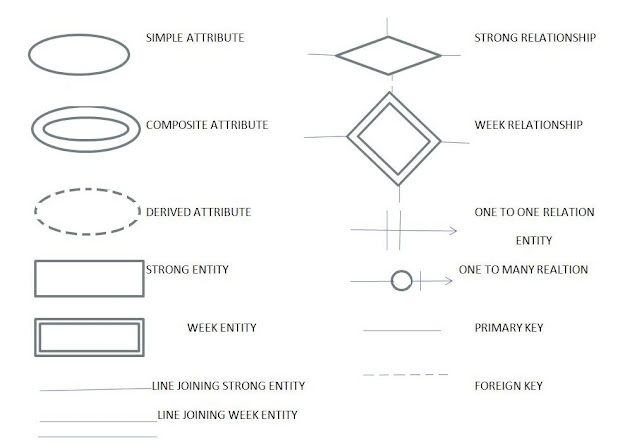Decision making of an anticipation of condition occuring by execution of program and dpecific action is taken according to condtion.
Following is a general form of typical decision making structure found in most programming language.
Python programming language uses any non-zero or non-null value as true and if it is either zero or null then it is assume false value.
In python the block of statement is executed if the condition is true.
if (condition):
Block(s)
var1=100
if var1:
print('i got an true value')
print(var1)
i got an true value
100
Question: Write a program that prompt user to enter two integer values, print the message "equal" if both entered value are equal
a=int(input("Enter first number"))
b=int(input("Enter second number"))
if a==b:
print("equal")
Enter first number 23
Enter second number 23
equal
The particular block of statement is executed if the if-condtion is true , else it will execute other block of statement.
if (condition):
Block(s)
else:
Block(s)
Question: Write a program that prompt user to enter two integer values, print the message if one value is greater than other else vece-versa.
a=int(input("Enter first number"))
b=int(input("Enter second number"))
if a>b:
print(a," is grreater")
else:
print(b," is grreater")
Enter first number 12
Enter second number 34
34 is grreater
The particular block of statement is executed if the if-condtion is true , else it will execute other block of statement.
if (condition):
Block(s)
elif (condition):
Block(s)
else:
Block(s)
Core python does not provide SWITCH statement as in other languages but we can use if-elif statement to simulate switch-case as follow:
if (condition):
Block(s)
elif (condition):
Block(s)
elif (condition):
Block(s)
elif (condition):
Block(s)
. . . . . . .
. . . . . . .
else:
Block(s)
Question: Write a program to prompt a user to read the subject of 5, claculate total marks and % of the marks and display the grade based on given in table.
SUB1=int(input("Enter Subject 1 marks "))
SUB2=int(input("Enter Subject 2 marks "))
SUB3=int(input("Enter Subject 3 marks "))
SUB4=int(input("Enter Subject 4 marks "))
SUB5=int(input("Enter Subject 5 marks "))
total=(SUB1+SUB2+SUB3+SUB4+SUB5)/5
print(total)
if total>=90:
print("grade A")
elif total>=80 and total <=90:
print("grade B")
elif total>=70 and total <=80:
print("grade B")
else:
print("sit at home")
Enter Subject 1 marks 100
Enter Subject 2 marks 100
Enter Subject 3 marks 100
Enter Subject 4 marks 100
Enter Subject 5 marks 100
100.0
grade A
When a programmar write one if statement inside another then it is called as Nested if statement.
if (condition):
Block(s)
if (condition):
Block(s)
elif (condition):
Block(s)
else:
Block(s)
elif (condition):
Block(s)
else:
Block(s)
var=int(input("enter a number "))
if var<200:
if var==150:
print("number is 150")
elif var==100:
print("number is 100")
else:
print("number is less then 200")
else:
print("number is more than 200")
enter a number 140
number is less then 200



Comments
Post a Comment